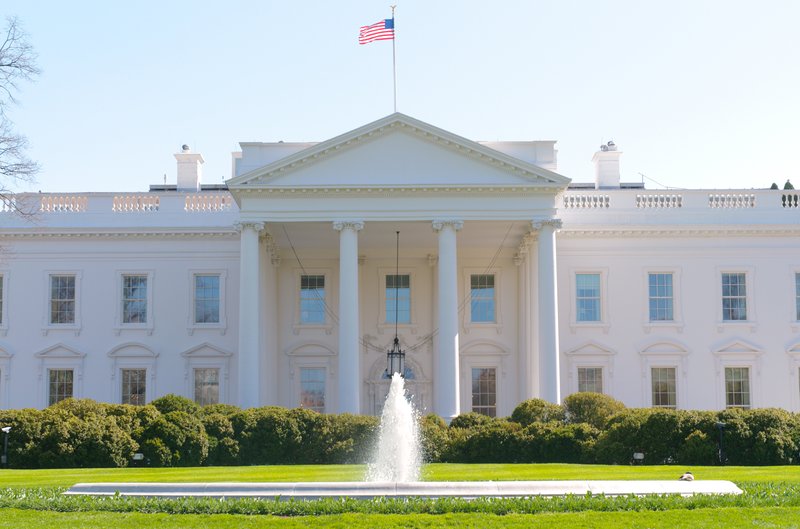A new report on halting the theft of trade secrets and other intellectual property reads like a blueprint for fighting terrorism—not surprising, given that it was co-authored by the nation’s former spy chief and a member of the 9/11 Commission.
On Wednesday, the Commission on the Theft of American Intellectual Property released its report detailing the scale and scope of the problem. The Commission is an independent, bipartisan body made up of members from national security, foreign affairs, academia, politics and the private sector. It is chaired by former director of national intelligence Dennis C. Blair and former U.S. Ambassador to China and ex-Utah Gov. Jon M. Huntsman Jr. Its report is the product of an eleven-month study.
The Commission’s report pulls no punches: it calls IP theft “one of the most pressing issues of economic and national security facing [the United States]” and singles out China as “the biggest IP offender in the world.” Along with documenting patent, trademark, and copyright violations, the report dedicates a full chapter to trade secret theft. Among its alarming findings:
- In 2009, U.S. firms lost at least $1.1 billion from the misappropriation of trade secrets to China alone. Russia is also an aggressive collector of sensitive U.S. economic information and technologies, especially in cyberspace.
- In the past two years, an unprecedented number of cyberattacks have been perpetrated against major corporations, nonprofit institutions, and governments, with the majority of these attacks originating in China. Our blog discussed the real lesson of Chinese cyberhacking earlier this month.
- Cyberattacks are common, with some companies experiencing 72 successful attacks per week. All sectors and all types of companies, large and small, are the targets of attacks.
Just as the 9/11 Commission reported the intelligence failings that led to the terrorist attacks,
READ MORE →








